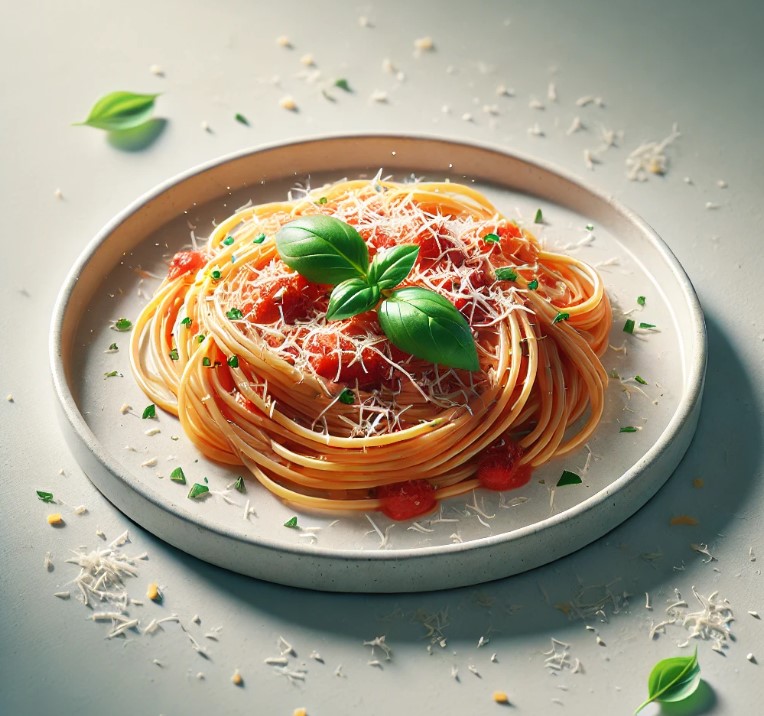In the world of pasta production, leading brands like Barilla, Panzani, and Lustucru employ sophisticated machinery to ensure high-quality and efficient manufacturing processes. These machines are designed to handle various stages of pasta production, from mixing ingredients to drying the final product. Here is a detailed look at the essential machinery used in these factories.

1. Mixers and Dough Kneaders
Mixers and dough kneaders are fundamental in the initial stages of pasta production. These machines blend the raw ingredients, including flour, water, and eggs, to create a consistent dough. The mixing process is crucial for achieving the right texture and elasticity required for different types of pasta.
2. Extruders
Extruders play a vital role in shaping pasta. The dough is forced through dies of various shapes to produce different types of pasta such as spaghetti, penne, and macaroni. The precision of the extruder ensures uniformity in shape and size, which is critical for both aesthetic appeal and cooking consistency.
3. Sheeters
For pasta types that require flat sheets, such as lasagna or ravioli, sheeters are used. These machines roll the dough into thin, even sheets that can then be cut or filled as needed. Sheeters are essential for maintaining the right thickness and texture of the pasta sheets.
4. Ravioli Machines
Specialized ravioli machines are designed to produce filled pasta. These machines manage the intricate process of adding fillings, sealing the pasta, and cutting it into the desired shapes. This ensures each piece of ravioli is perfectly crafted, with the filling securely enclosed.
5. Gnocchi Machines
Gnocchi machines are specifically designed for producing gnocchi, a type of pasta made from potato, semolina, or wheat flour. These machines ensure the gnocchi has the right texture and size, maintaining consistency across large batches.
6. Drying Machines
Drying is a critical step in pasta production, affecting the shelf life and quality of the final product. Drying machines control the temperature and humidity to reduce the pasta’s moisture content to the ideal level, ensuring it remains durable during storage and transportation.
7. Cutters
Cutters are used to finalize the pasta’s shape and length. Whether cutting long strands of spaghetti or short tubes of penne, these machines provide precise cuts according to the product specifications. This step is essential for ensuring that the pasta pieces are uniform and cook evenly.

Notable Brands and Their Practices
- Barilla: Known for its large-scale production, Barilla’s factories incorporate state-of-the-art robotics and sustainable distribution practices. Their use of integrated technology ensures efficient and high-quality pasta production [4].
- Panzani: With a heritage dating back to 1950, Panzani has a long history of producing a wide range of pasta products. Their factories are equipped with modern machinery to produce both dried and fresh pasta, maintaining traditional quality with advanced technology.
- Lustucru: As a significant player in the pasta industry, Lustucru focuses on innovation and efficiency. Their acquisition strategies, such as the potential move to acquire Panzani, highlight their commitment to expanding and improving their production capabilities.



